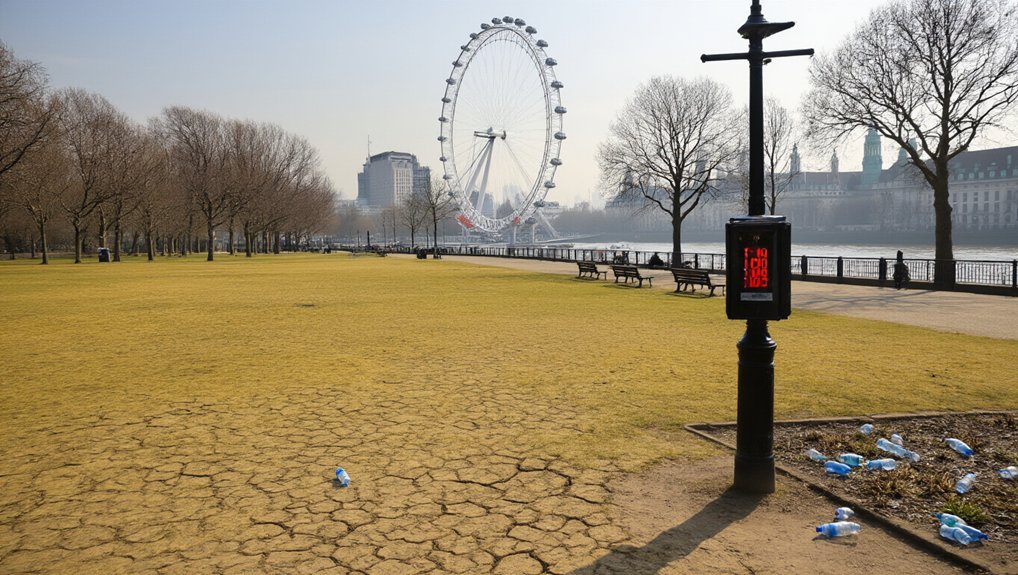The federal government has launched large-scale logging operations in forests damaged by Hurricane Helene. Officials claim these efforts will salvage valuable timber and prevent pest outbreaks while boosting local economies. Environmental groups, however, warn that rushed logging disrupts the forest’s natural recovery process. “Nature has its own timeline for healing,” says ecologist Dr. Sarah Chen. The debate raises questions about what matters most: immediate economic relief or long-term ecological health.
After Hurricane Helene devastated nearly 800,000 acres of forests across the Southeast, logging crews have begun the massive task of clearing downed trees. Over 187,000 of these acres lie within national forests, creating an urgent situation for both forest management and economic recovery.
The storm’s impact on the timber industry has been severe, with estimated losses reaching $1.28 billion. Salvage logging operations aim to recover usable wood before it degrades, providing much-needed timber to local mills and supporting regional economies. Loggers must work quickly to prevent pest infestations and preserve the wood’s value.
Hurricane Helene’s timber devastation demands swift action as loggers race against nature to salvage valuable wood before it’s lost forever.
Federal agencies have fast-tracked environmental reviews to speed up the salvage process. They argue that removing flammable debris reduces wildfire risks, especially with fire season approaching. Logging creates fuel breaks that can help contain potential fires and limit their spread through damaged forests.
However, many scientists and environmental advocates have raised concerns about this approach. They point to research showing that salvage logging can damage fragile post-storm ecosystems and prevent natural forest regeneration. Conservation biologist Dominick DelaSalla emphasizes that blowdowns contribute significantly to forest health by cycling nutrients and creating vital wildlife habitats. Heavy machinery causes soil disturbance and erosion, while the removal of fallen trees eliminates habitats for wildlife.
Loggers face significant challenges during salvage operations. Limited accessibility, safety hazards, and stream protection requirements complicate their work. The process requires specialized equipment and careful planning to minimize additional environmental harm. These activities can also worsen air quality as machinery emissions and disturbed particulates contribute to respiratory health problems in nearby communities.
Landowners have mixed perspectives on salvage logging. While some see it as necessary for managing downed trees and recouping losses, others worry about impacts on wells, septic systems, and forest aesthetics. Buncombe County alone suffered wind damage affecting 89,440 acres of timber with losses estimated at $19.3 million. Community disagreements often arise over how best to balance recovery with environmental protection.
The accelerated review process has also raised transparency concerns, as it allows less time for public input on logging decisions. Critics argue that naturally decaying trees provide important ecological benefits like nutrient cycling and habitat creation—services that are lost when trees are removed.
As recovery continues, the debate intensifies: Is post-Helene salvage logging an economic necessity or an environmental risk that outweighs its benefits?








